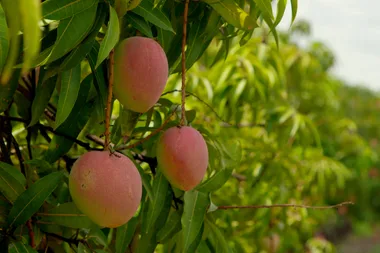The mango, or Mangifera indica, is often called the “king of fruits” and it’s a favourite summertime fruit in households around the world.
In Australia, you can find mangoes in shops from around September to April, thanks to the different harvesting seasons of mango growing regions. In fact, Australia produces around 70,000-75,000 tonnes of the fruit commercially each year, according to data from the Australian Mango Industry Association.
Want to pick mangoes from your own backyard? Here’s how to grow a mango tree.
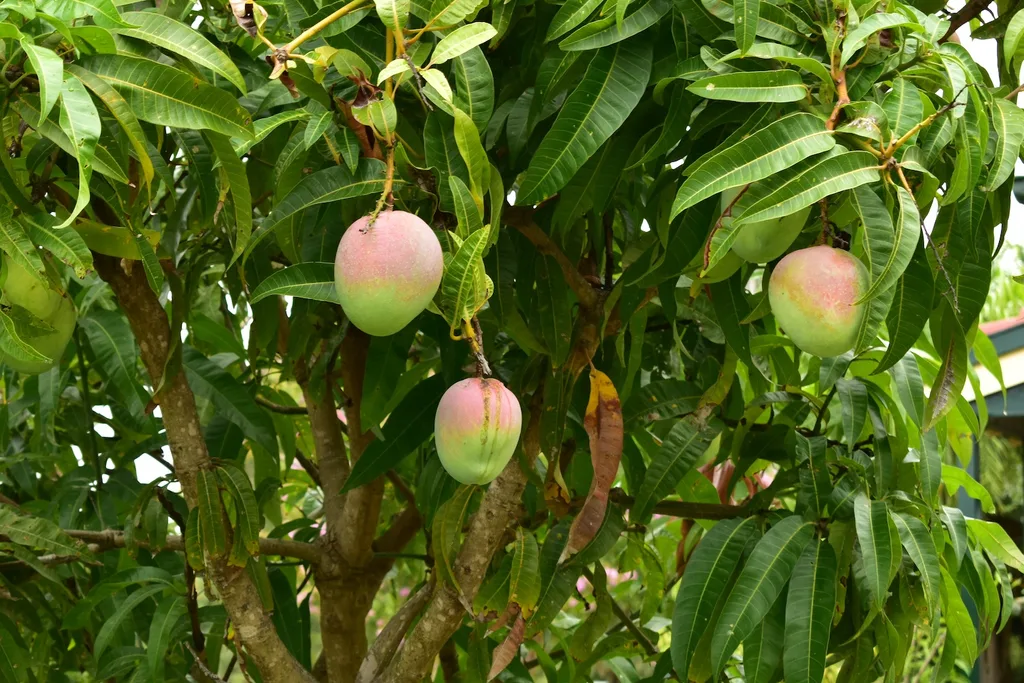
Varieties
There are over 500 different cultivars of mango varying in colour shape and flavour, with Kensington Pride (or Bowen) being the most common and making up about 43% of Australian production from commercial growers.
Mango trees are mostly sold as grafted saplings but some varieties can be grown from the seed. Mango seeds usually take around eight years to produce fruit while grafted saplings take three to five. You can check with your local nursery to find out which ones grow best in your area.
“Many mango trees grow quite large (10 metres tall or more) so it is important to consider their sheer size when deciding where to plant it within your backyard,” Yates Horticulture Consultant Angie Thomas says.
If you don’t have the space or don’t want a tree that tall, you could consider dwarf varieties which typically grow to 3-4 metres tall.
Climate
Mangoes prefer tropical and subtropical climates with humid, hot summers and cool, dry, frost-free winters.
Aspect
Choose an open, sunny position, sheltered from strong winds. If you’re growing a mango tree in cooler climate, plant your tree need a north-facing brick wall to utilise the heat radiating off it. It’s also important to plant where there is good air circulation and foliage can dry after rainfall or watering to help reduce the risk of fungal issues.
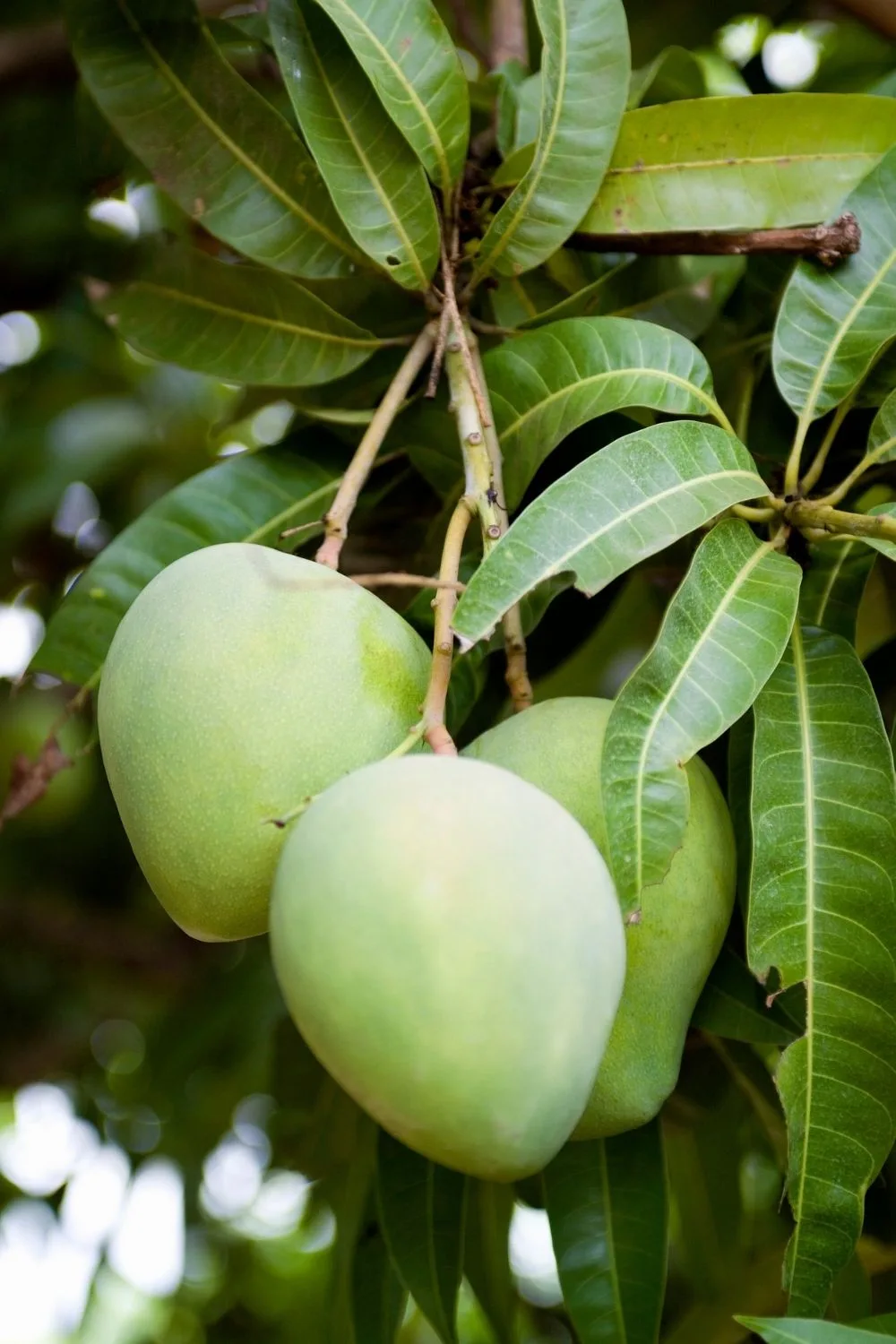
Soil
Mango trees will grow in almost any soil whether sandy, loam or clay, but they require good depth and drainage.
Planting
You can plant year-round, but the best time time to plant a mango tree is in autumn. Start by digging a hole and incorporating added organic matter such as compost or rotted cow manure. After planting the sapling to the same depth as its original container, form a mound around it to improve drainage and encourage establishment. Water it well and mulch with hay.
Water
While your mango tree is young it will require regular watering, depending on its growth and your climate. When it’s newly planted, start by watering it every other day before gradually increasing to once or twice a week for the first year.
It’s also important to keep mango trees well-watered from spring to autumn but water sparingly in late winter, before the onset of flowering. Established trees don’t require much watering.
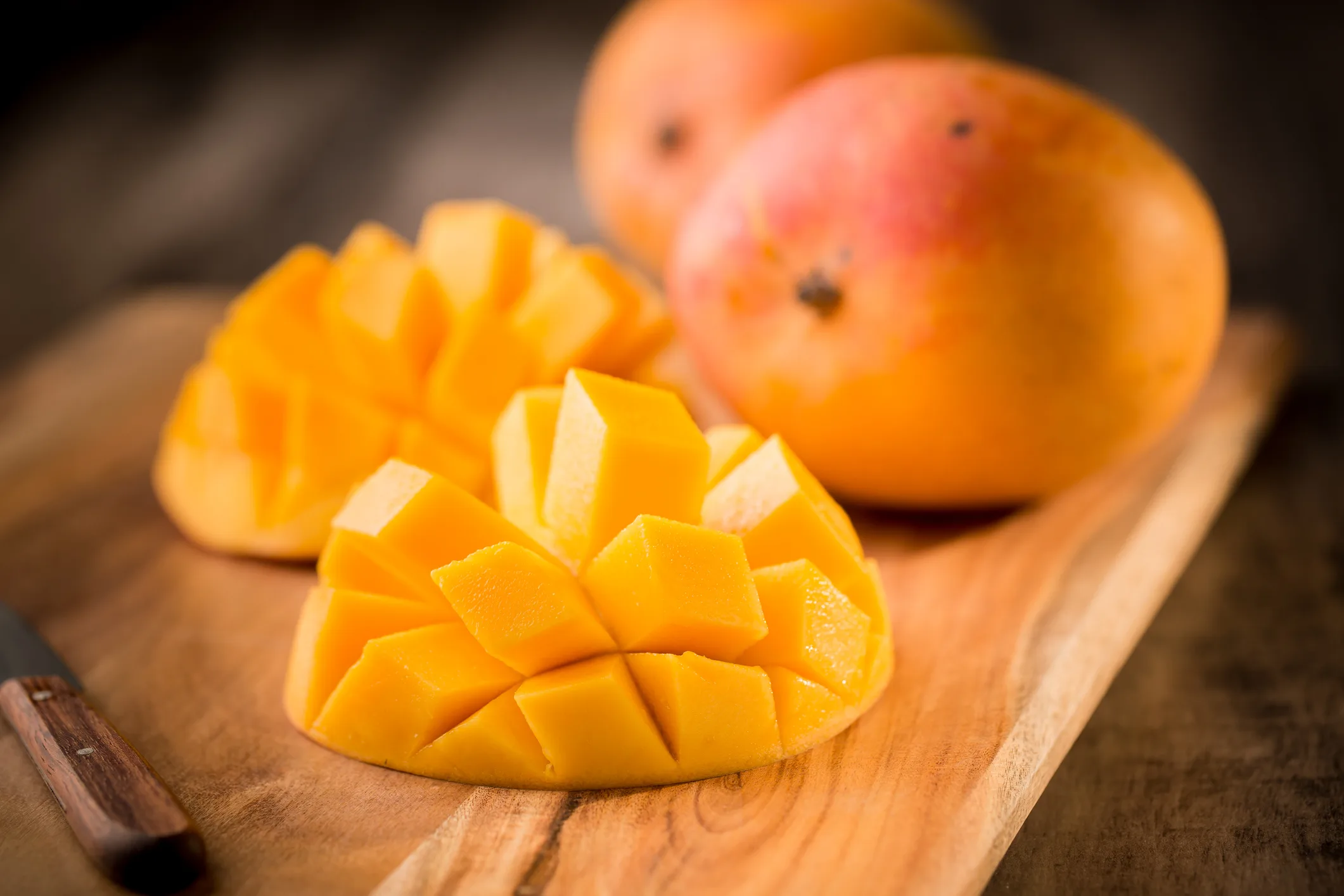
Fertiliser
“Give them a good feed with a potassium enriched complete fertiliser during the warmer months to encourage healthy stem and leaf growth, as well as promote flowering and fruiting,” Angie says.
Sandy soils require more fertiliser than loam or clay but keep in mind that young trees are sensitive to over-fertilising. Mulch the base of the tree with pea straw each spring.
Problems
Mango trees often attract fruit flies so cover each fruit with a fruit fly bag after they form.
They’re also susceptible to anthracnose – a fungal disease causing black spots on leaves and fruit. Prune off affected parts, bag them and put them in the garbage bin to prevent the spread of the fungal spores.
Another common complaint for backyard growers is a lack of fruit.
“Mango fruit set depends on several factors,” Greg Daley from Daley’s Fruit Tree Nursery says.
“Temperatures below 10 degrees when flowering (October) in the spring will reduce fruit set. Also wet weather during flowering can result in anthracnose infection which will cause fruit not to set.”
Pruning
In most cases, pruning isn’t needed. You can train the tree to have a single main stem, with side branching within its first years of growth. Then just remove dead, damaged or diseased wood as needed.
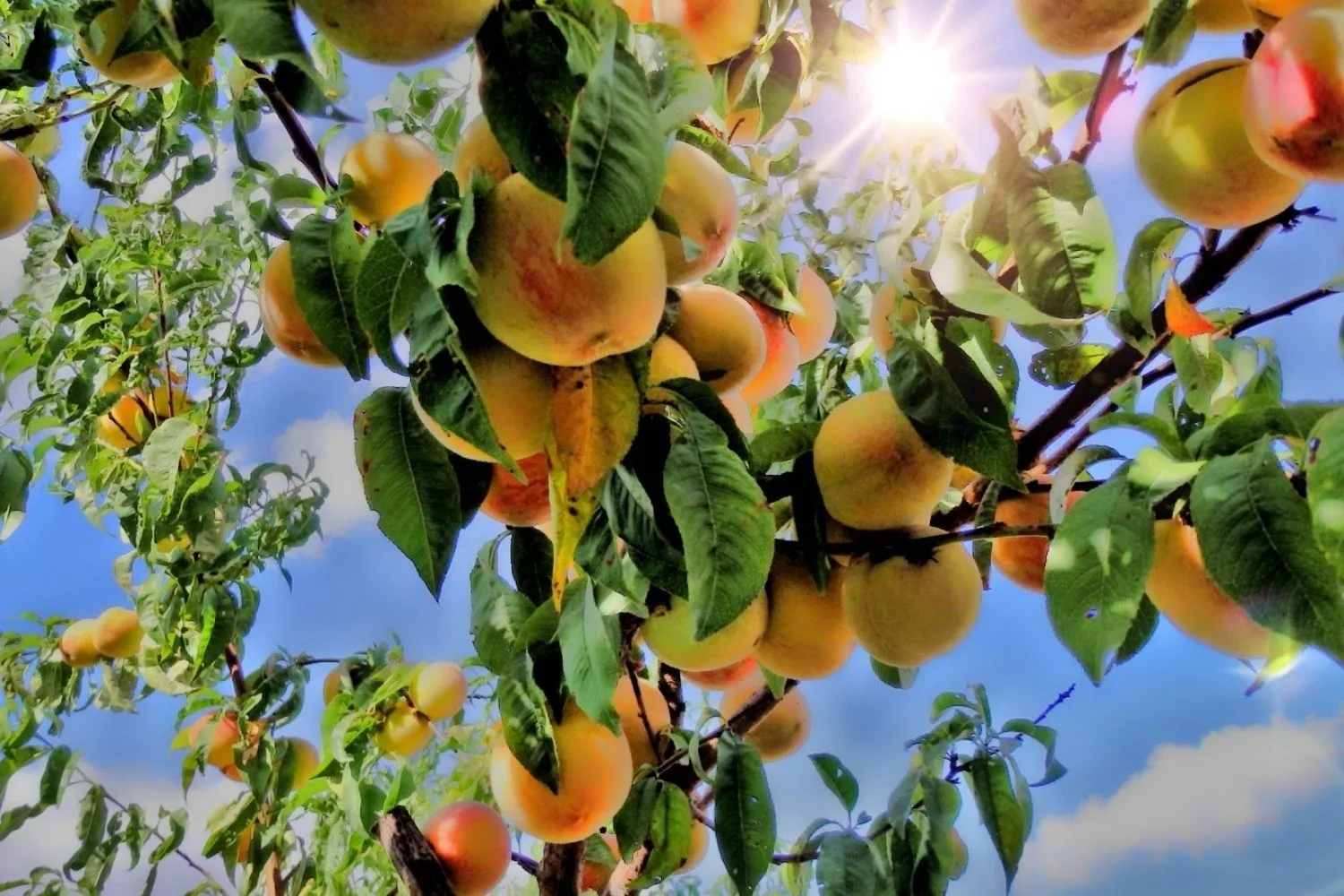
Harvest
Mangoes are ready to be harvested when the colour of the skin turns from green to yellow, orange or red. Fruit are usually ripe around 100 to 150 days after flowering.
Propagation
It is possible to grow some mangoes from seed, but keep in mind that it will take several years for your tree to produce fruit.
Propagation by seed is only recommended for poly-embryonic mango varieties such as Kensington Pride.


